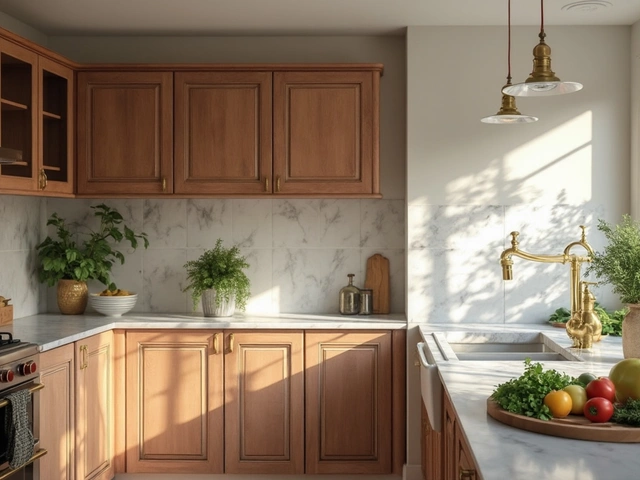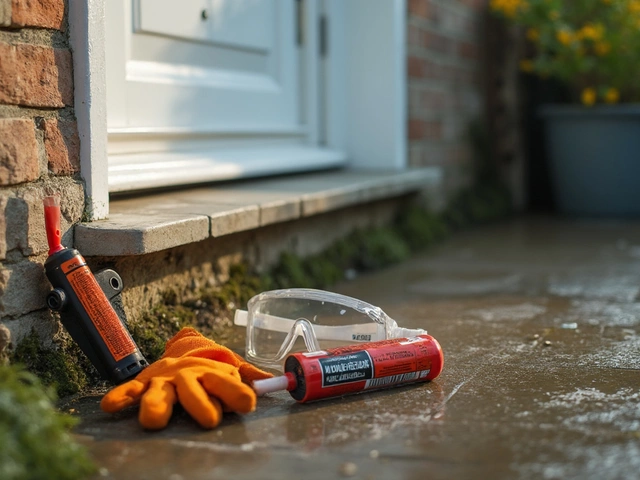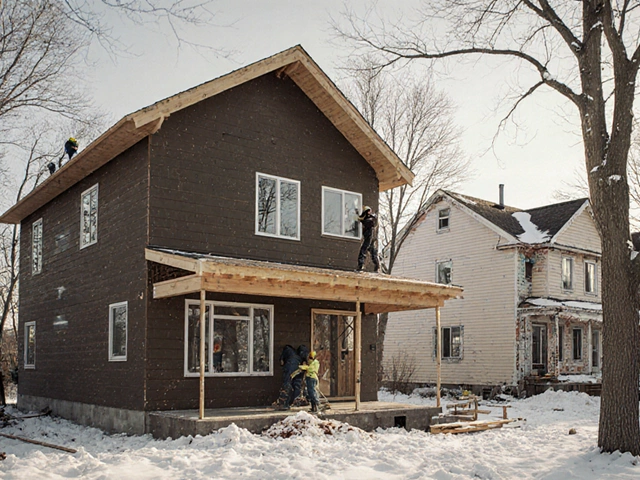Home Inclusions – What’s Actually Included in Your New Build?
If you’re buying a brand‑new house, the first thing you’ll hear is “everything’s included”. But what does that actually mean? Knowing the difference between standard items and optional extras can save you time, money, and surprise visits from the builder later on.
Most developers will hand you a checklist that lists fixtures, finishes, and services. It might look simple on paper, but the details matter. For example, is the kitchen hardware in the price or are you paying extra for premium handles? Does the warranty cover the roof for ten years, or just the structure? These questions are worth asking early, so you end up with a home that matches your expectations.
Standard Inclusions vs Optional Upgrades
Standard inclusions typically cover the basics: walls, roof, windows, external doors, basic plumbing, and a standard kitchen layout. You’ll also get the main electrical wiring, basic insulation, and a standard finish for floors and walls. Some builders throw in a warranty that covers structural defects for a set period (often ten years) and a shorter warranty for finishes.
Optional upgrades are where costs can climb quickly. Think upgraded kitchen cabinets, stone countertops, high‑efficiency boilers, energy‑saving windows, or a landscaped garden. These items may be listed as “add‑ons” on the contract, and the price can vary a lot between developers. Ask for a clear price break‑down before you agree to any extras.
How to Check Inclusions Before Signing
Start by requesting the full specification sheet from the builder. It should spell out every item that comes with the base price. Compare that list with your own priorities – do you need a larger garage, a walk‑in wardrobe, or a dedicated laundry space? If something isn’t on the list, ask whether it can be added and at what cost.
Next, read the warranty clauses carefully. Some warranties only cover structural elements, leaving finishes to the homeowner’s care. If you want peace of mind for things like bathroom tiles or kitchen fittings, look for a comprehensive warranty or consider a separate home insurance policy.
Finally, walk through a model home or a recently completed property from the same development. Seeing the finishes in person helps you spot the difference between standard and upgraded features. Take notes and ask the sales rep to point out which items are standard and which are upgrades.
By doing this homework, you’ll avoid the “what‑the‑hell‑is‑this‑extra” moment after you move in. You’ll also be in a stronger position to negotiate if you find that a builder’s standard package is missing something you consider essential.
In short, treat the inclusions list like a menu. Look for the main courses that come free, and be clear on the price of the sides you really want. That way you get the home you paid for, without hidden costs or disappointed expectations.
What’s Included in a New Build Home: Your Ultimate Guide for Buyers

Curious about what comes with a new build? This guide digs deep into what’s included, what’s extra, and tips for getting the most from your new home.
read more



